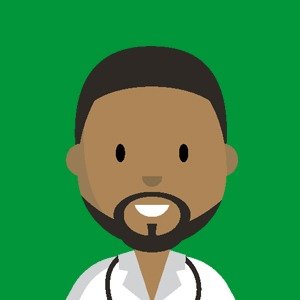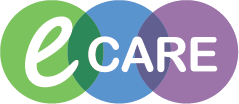Electronic patient records offer many benefits for the Trust and our patients.
Not all of these benefits will be available from day one, and some specific elements of eCARE will not be implemented in this 2018 phase. Below are some of the most important benefits eCARE will offer.
1. All the information necessary for a patient contact readily available in the one place
Demographics, records of historical contacts, summaries from the primary care record, results of diagnostic tests, etc…
2. One click access to the relevant part of other information systems – such as EDM and PACS
From an individual patient’s eCARE record, clinicians will be able to navigate with a single click to the patient’s record within PACS (to view images) and EDM.
3. Sharing elements of the hospital record with colleagues in primary care and vice versa
Cerner’s Health Information Exchange (HIE) allows clinicians to share ‘view only’ sections of the relevant patient records – GP to hospital, hospital to GP.
4. Instant electronic communication within the Trust and with primary care
Trust clinicians will be able to use eCARE’s messaging centre to communicate sensitive patient related information to one another – for example, seeking advice on the results of diagnostics or requesting another clinician’s opinion.
5. Ability to order tests electronically and to have the results returned to the requester
eCARE’s OrderComms function replaces ICE for the request and review of diagnostic investigations across the Trust. eCARE permits the setting up of ‘favourites’ folders which can shave off a significant amount of administrative time when compared to either ICE or paper-based requesting.
 6. Electronic prescribing
6. Electronic prescribing
The benefits of e-prescribing are well known in terms of accuracy, allergy management and formulary compliance. In time, we will be able to make use of embedded drug interaction checks.
7. Ability to flag specific patient needs
eCARE offers a facility for users to highlight or ‘flag’ patients with particular needs or characteristics to all authorised users – for example patients with learning difficulties or safeguarding issues.
8. A real-time bed state with accurate consultant attribution
eCARE will deliver an accurate live bed state overnight with prescribing and patient monitoring meaning that certainty as to the patient’s location becomes a necessity for patient safety, and any eCARE user can correct consultant attribution in just a few clicks of the mouse.
9. Ability to prompt consideration of key patient safety interventions
eCARE allows us to both prompt and capture key assessments which facilitate good patient care. The electronic assessments can then fire a number of actions (a care plan) to ensure that we manage the patient appropriately.
10. Record and monitor the clinical condition of patients across the hospital via observations
Nurses will be collecting patient observations via devices that automatically place the results into eCARE. Automated calculations reduces the known risk of human error and will allow clinicians to rapidly pinpoint their sickest or least stable patients.
With eCARE, there will be a number of things that we will no longer have to do:
Ask patients the same questions on multiple occasions during a single admission, and across admissions
Process and store tonnes of paper each year
Generate paper reports for investigations
It is important not to see eCARE as simply ‘a new IT system’. eCARE will result in clinicians changing the way in which they approach various everyday tasks.
For more information on how eCARE will affect you as a member of staff click here.
There is also more information available to both patients and stakeholders on the impact of eCARE.


